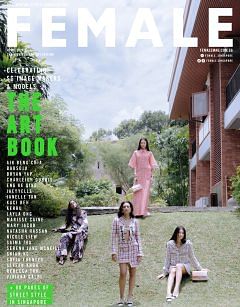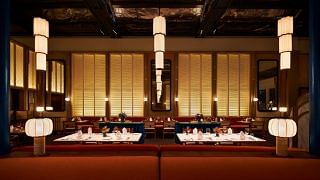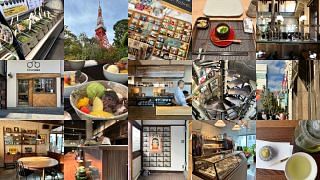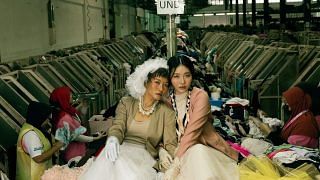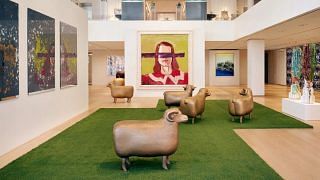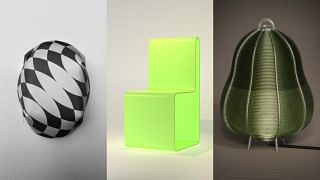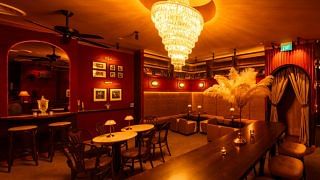ZO FAN
The filmmaker and photographer has been based in Paris for the past four years.

What brought her to Paris: “I was accepted into the filmmaking programme at EICAR, The International Film and Television School of Paris in 2016.”
A Peek Into Her Home
Her place: “I chose this apartment on Rue du Faubourg de Saint-Denis in the 10th arrondissement for its incredible natural light and its practical location. It’s right next to the Gare de l’Est railway station that’s half an hour from everything – it means that London is technically a 10-minute walk and train ride away. The street of Rue du Faubourg de Saint-Denis is this wonderful mix of everything from the neo-fusions to the bobos (local slang for the bourgeoises and bohemes).
My favourite corner of my home is a little vegetable garden that I’ve created using vegetable scraps and supermarket plastic containers… I use yoghurt cups and ketchup bottles as my plant pots; cardboard boxes are upholstered with my magazine and art catalogue cutouts; and the little mint bags that I hang on my fan, to diffuse the room, contain the leftover mint that dried out before I could finish using them. I don’t like buying anything that I can make on my own so my home has become a place for me to unleash my creativity as I turn it into a space that’s truly mine.”
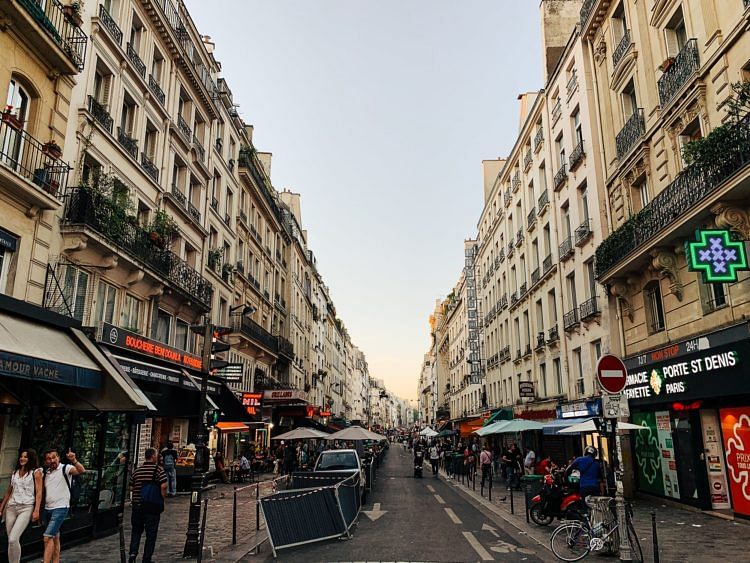
How Paris has shaped her: “It’s shaped me as a person, which in turn influences everything
from my world view to the colours that I use in my work… In Paris, beauty is everywhere. It’s a matter of whether one sees it or not… I wouldn’t be able to do what I do here in Paris back in Singapore, but it’s the same vice versa. That being said, my work has constantly involved Singapore whether it’s projects for Singapore clients or having Singaporeans in the crews that I work with. Where I am doesn’t matter.”

What of Paris she would like to see in Singapore: “I like that Parisians work hard, but also make sure that they have adequate rest.”
What’s home to her: “I’m at an age (24) when I’m constantly exploring and learning so home is ever-changing for me. A new one marks the start of a new chapter in my life and an old one is a keeper of my stories. Home is a witness to my growth and my ups and downs.”
NABIL ALIFFI
The chief creative officer of the Soho House Group has been based in London for the past eight years.

What brought him to London: “After national service, I moved to Paris for a year to work at a fashion magazine before shifting over to attend the London College of Fashion. London wasn’t quite love at first sight. Paris felt like a village – everyone knows everyone – whereas London is much more spread out. It took me two years to feel comfortable here. But eight years on, it’s a happy middle ground between the romanticism of Paris and the madness of New York.”
On what makes it special: “It makes you work for its affection. London is truly diverse – Nottinghill is very different from, say, Hackney or Brixton and the tension between these different pockets is what makes it very exciting to live in as a creative. And if you travel a lot, which I get to do with work, Heathrow is rather efficient. Though nothing beats Changi, which is just a whole other level.”
A Peek Into His Home
His place: “I live in Marylebone, which is as central as it gets. It’s within walking distance of Mayfair, Soho and Hyde Park. It’s two streets away from Selfridges where I had previously worked at as fashion director. My flat is next to the Wallace Collection, one of my favourite galleries in London. It houses the famous Laughing Chevalier by Frans Hals and The Swing by Jean-Honore Fragonard. Marylebone feels like a village despite being so close to Oxford Circus.
My flat’s in a building that used to be EMI’s headquarters so there are pictures of David Bowie, The Beatles and Diana Ross on display – it’s quite surreal. And next door is the Wallace Collection, one of my favourite museums in the city.
I wanted my home to feel like a bobo’s apartment on Paris’ Left Bank so it’s filled with books and memorabilia. It feels warm and has a good study room and a touch of Carrie Bradshaw to it with windows that overlook a street lined with apple blossoms.”
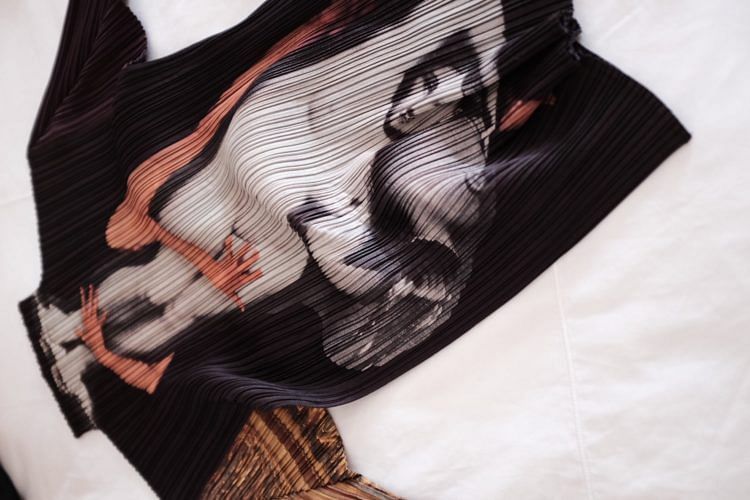
What a home must have to feel like one: “Good lighting! Seriously, it transforms a place. During my salad days as a student here, I’d invest in good sheets and good lighting. One of life’s greatest tragedies is expensive property with harsh fluorescent strips. And then it’s having all the conveniences around you and good wifi.”
How London has shaped him: “It’s given me opportunity. I never imagined that I’d work for Selfridges and now Soho House when I first moved here. For a city that I once thought of as rather closed off, I’ve somehow found myself here.”
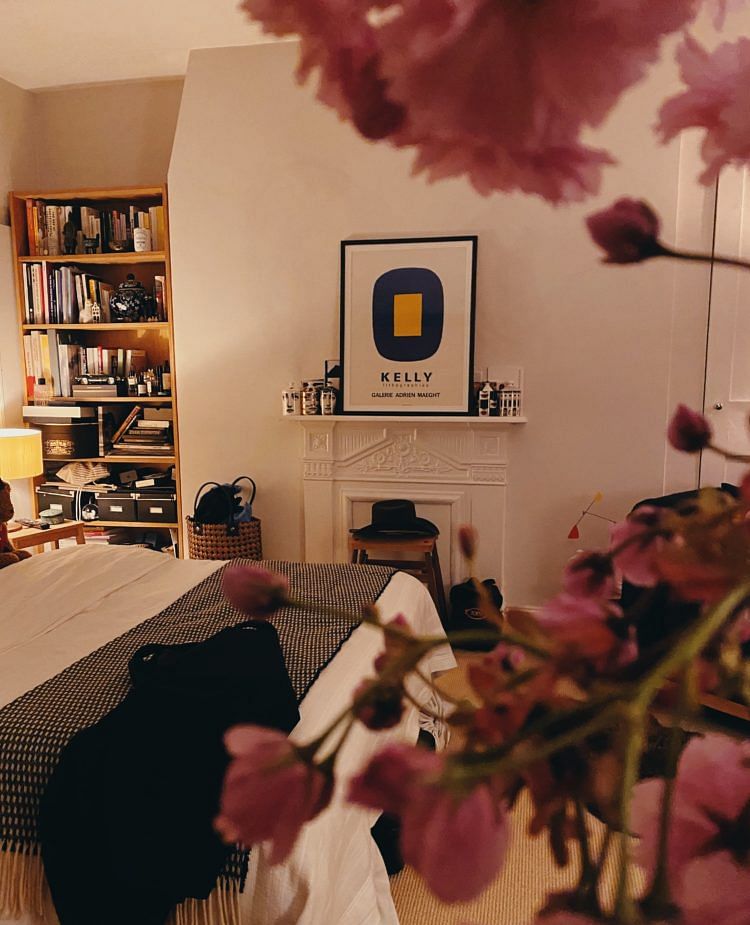
What of London he would like to see in Singapore: “I’d say freedom of thought. Encourage people to have meaningful discourse, which means we may not always agree but that is okay. We need to encourage young people to be brave in their thinking and acknowledge that there is no straight path to success. We should look inwards for a sense of value versus always looking externally for accolades or validation. We’re the real deal! … During my trips back, I’ve noticed that a lot has changed. Young Singaporeans are unafraid to speak their minds and act on what they believe in. Perhaps had I stayed on, I could be doing in Singapore what I do now in London.”
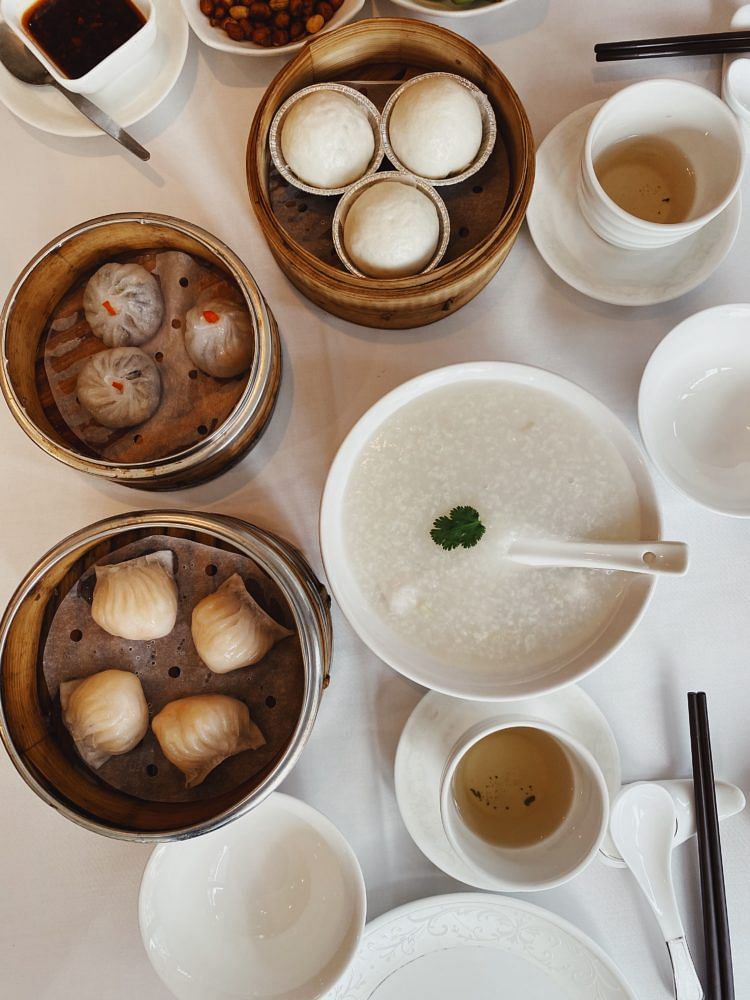
Some of his favourite spots in London that remind him of his favourite haunts in Singapore: “Chinatown has some great spots. I go to Rasa Sayang for Singaporean food, but on weekends I’ll go to Bright Courtyard. On Sundays, you’ll see Jimmy Choo having dim sums with his family there. Chiltern Firehouse, Andrea Balazs’ answer to Chateau Marmont in London is where I go to on Saturday nights. The Ladder Shed is where you’ll run into Kate Moss every now and again. Not quite Singapore, but it makes me feel connected to my neighbourhood.”
What’s home to him: “Singapore is and will forever be my birthplace, but home is something that I carry with me wherever I go. My closest friends are spread out across several cities – New York, Los Angeles, Paris – and include people whom I’ve grown up with since secondary school… Food also plays a big part. Sometimes one needs a dose of Singapore fare.”
MAY CHUA
This glass artist has been based in the Japanese coastal city of Toyama for the past two years.
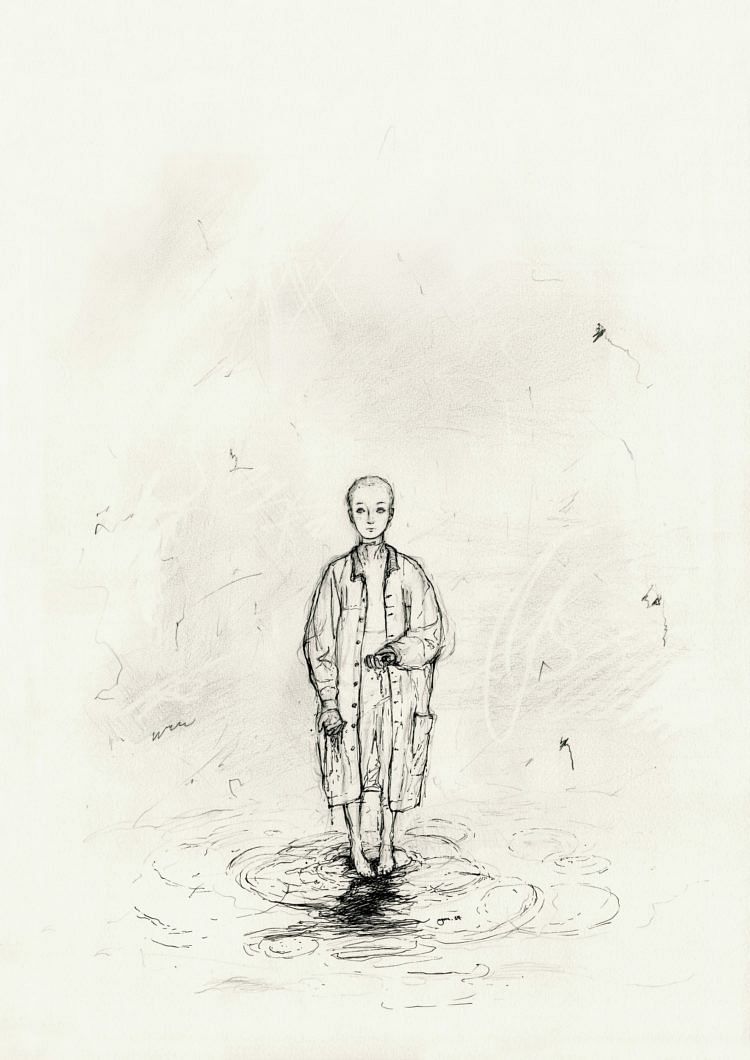
What brought her to Toyama: “I came to Japan to pursue glassmaking, first spending a year in Tokyo to study Japanese before enrolling in the Toyama Institute of Glass Art – the city is famous for glass.”
On what makes it special: “I like its pace of living. I wouldn’t exactly call Toyama a city – not in the same sense as Singapore. It has an urban side as well as vast swathes of countryside. I love that the mountains and sea are close by.”
A Peek Into Her Home
Her place: “I live in a small town within Toyama called Fuchu. It is convenient and a short drive to the glass studio I work at. I’m currently renting a room from my colleague and it’s in a really nice old Japanese house that still has bamboo-mud walls in certain parts. There are holes everywhere, but it’s very pretty… To be frank, I had no design considerations when moving in except that I wanted to maximise the space as much as possible.
Besides my own photos, all the little personal touches you see are work experiments, the works of friends or things that I picked up during hikes or when out. Nearly everything that I own used to belong to someone else – stuff that people threw out or no longer have any use for. I hate seeing things go to waste or become trash.”

How Toyama has shaped her: “Attending the glass school and living here has certainly broadened my view of the arts. Keeping my career going is a constant struggle, but I’m trying my best to make it work.”

What of Toyama she would like to see in Singapore: “I would definitely like to introduce glass as a material to Singapore, be it to the creative industry or otherwise. Glassmaking is the most
fascinating craft and getting into it was the best decision I had ever made. Toyama helped
to kick start this journey for me… I have every intention to share my love for glassmaking in Singapore, but I simply would not have the resources and finances to do so… I hope that with some assistance from my home country, I could do something there someday.”
What’s home to her: “I ask myself that all the time.”
BRANDON SCHRODER-SEAH
He is the global sales director at Thom Browne who was based in New York for 10 years, before relocating to Berlin last July.
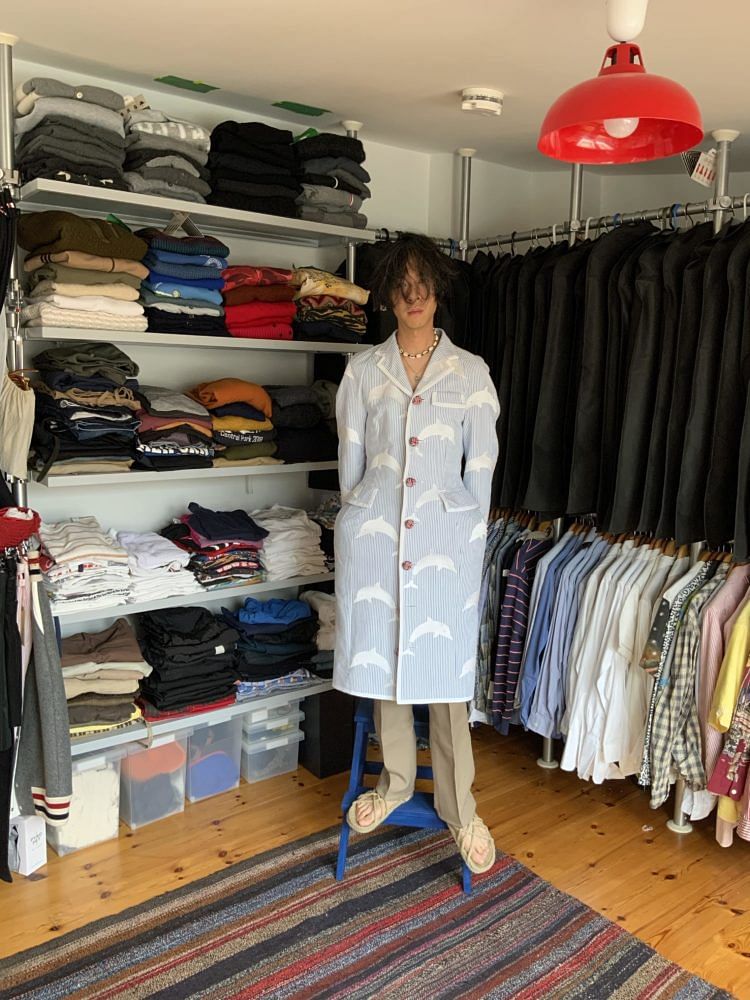
What brought him to Berlin: “My partner had a new job opportunity in Berlin so we left New York, where I had been based for a decade.
On what makes it special: “It might be premature to call Berlin home since I’ve only lived here for a year, but I do find myself yearning to come back every time I’m on the road for work, which is a lot. Berlin’s an ideal intersection between pre- and post-WWII and the city has done a monumental job of immortalising its history. I find it extremely inspiring to see how contemporary culture has been cultivated around it. I also thoroughly enjoy the work-life balance that Berliners and Europeans in general cherish especially after having been part of the intense grind that is New York work life for 10 years.”
A Peek Into His Home
His place: “We live in a top floor maisonette in the Friedrichshain district. Most people immediately think of Berghain and the lively Boxhagener Platz square when I tell them that we live here. Our place, however, is on a tree-lined street, with a cathedral on one end and a park on the other, that offers the serenity and greenery that we lacked when living in New York, all while being a stone’s throw away from a cornucopia of restaurants, bars, grocery stores and shops.
When furnishing it, we agreed on investing in pieces that would stand the test of time in terms of quality and style, which explains our range of modular furniture from the likes of Stocubo (a local sustainable company), USM, Magazin, and ALU. Europe’s got a wealth of mid-century modern furniture and one of my favourite finds is our large, solid pine coffee table by Roland Wilhelmsson from the ’60s and the Poul Henningsen scones are some of my favorite pieces we own. I love the wide variety of seasonal flora and try to always have fresh cut flowers in the apartment as they remind me of my mother.”
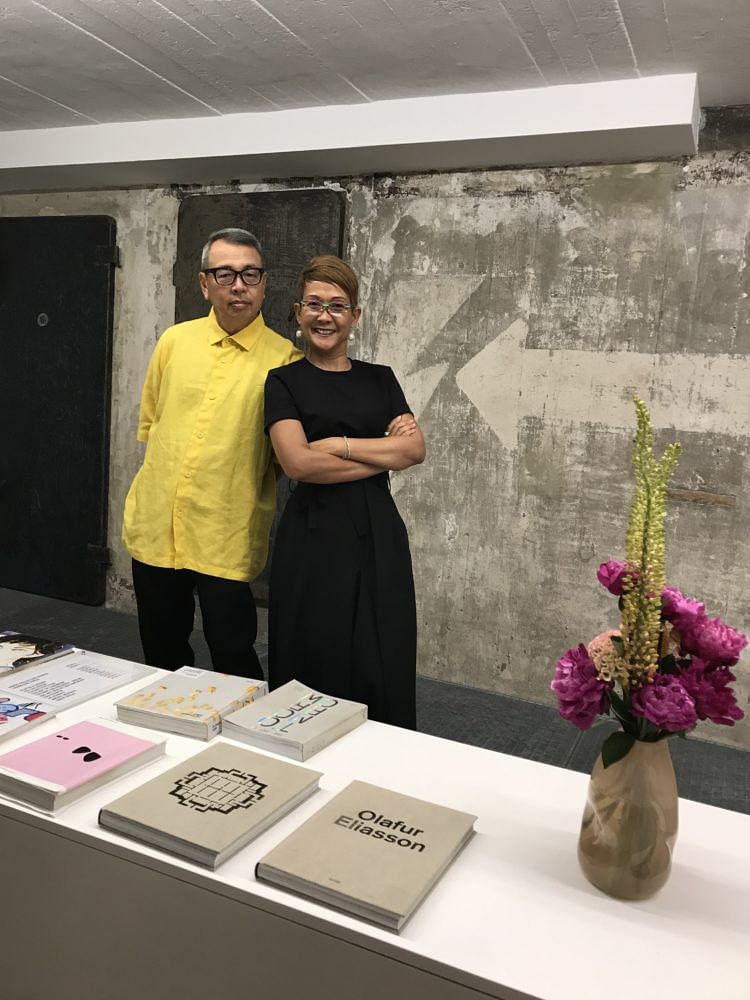
How Berlin has shaped him: “There’s a feeling of defiance to this city that’s conveyed through the way the locals live and operate. It’s taken me a little while to assimilate, but I’m embracing it with open arms.”
On why he decided to stay on in Berlin: “I’ve almost lived half my life out of Singapore, but I still do get that warm feeling every time I return. Katong and Joo Chiat bring back the best memories and so many of my formative years were spent having dinners and playing with my siblings under the mango trees at my family house.
I decided not to return after completing my degree at the Fashion Institute of Technology in New York because Comme des Garcons offered me my then dream job doing commercial wholesales for North America. I was young and hungry to prove myself and New York was my playground. My parents have also never pressured me to return, but instead encouraged me to take advantage of the opportunities that living abroad presented. Having a global perspective and being able to live and work in a country and culture other than your own is an education in itself.”
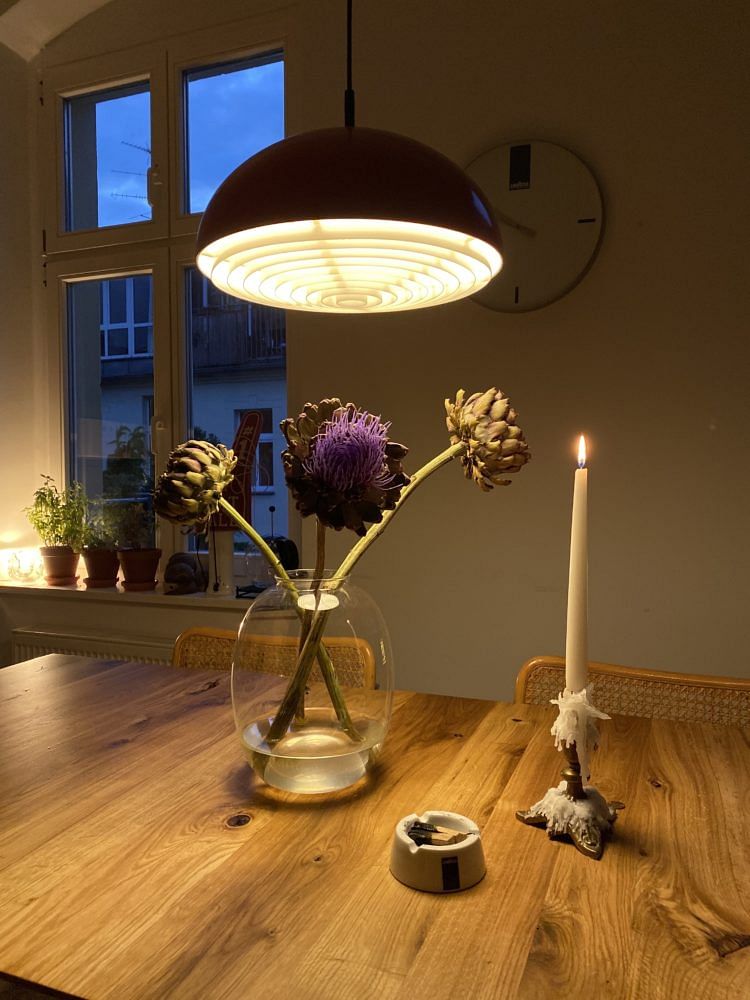
On the difference between Berlin and Singapore: “This is a question I get quite often when people ask if I ever see myself moving back. Currently, I do not think that there are opportunities for me in this specific subset of the industry in which I work… Furthermore my notion of home is a place where I can be me and truly express myself and feel safe, nurtured and heard. I do not currently feel that Singapore offers me that.”
What’s home to him: “Home is where my loved ones are… home feels complete when I’m surrounded by love.”
MARCUS CHOO
The freelance fashion stylist has been based in Shanghai for the past two years.
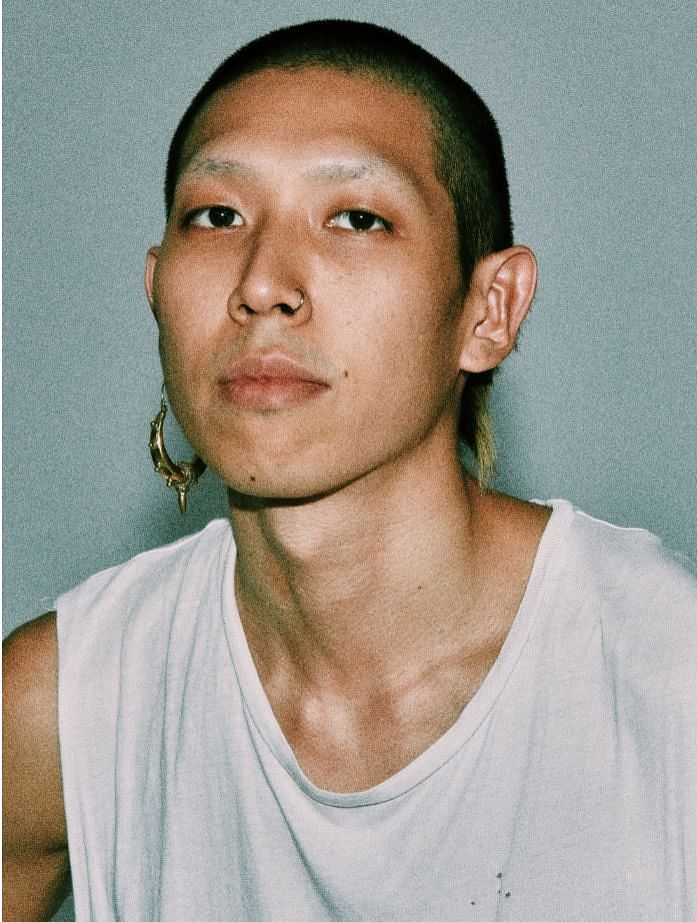
What brought him to Shanghai: “I was in Tokyo studying fashion design and got an
opportunity to style a test shoot with a Chinese team. After that the producer got me
on board a shoot in China and that’s when I decided to relocate.”
On what makes it special: “Shanghai is the heart of creative activity in China. There’s always something new going on, cool things happening and there is Taobao, period. Here I’ve established romantic relationships and close friends and secured a really cool house so I would definitely call it home.”
A Peek Into His Home
His place: “My house is located on the fringe of the Jing’an district. It’s a loft with two rooms and a nice little balcony that my partner and I plan to decorate. Our main priority when house hunting was getting a large place. I need room for my clothes and accessories and my partner, who’s a make-up artist, needs space for wigs, tools and what not. We also have separate rooms because our sleeping schedules are as different as day and night literally. Apart from the fact that it is on the sixth floor without an elevator (horror for a fashion stylist), it is quite wonderful.
The whole house is plastered in posters of our favourite artists and polaroid photos of us and our friends… To give my room a Zen, naturalist vibe, I added floor and wall rugs in tones of beige, brown and blue. My other essentials include a singing bowl, an incense holder, a Himalayan salt rock lamp and aroma oils.”
How Shanghai has shaped him: “The best talents in China come to Shanghai. You’re competing with them and, at the same time, learning new ways of doing things… I’d give the city an A-plus for what it’s done for my career growth. It’s also always interesting to see how people here do things from a Chinese perspective given their rich history and how the meeting of East and West takes shape.”
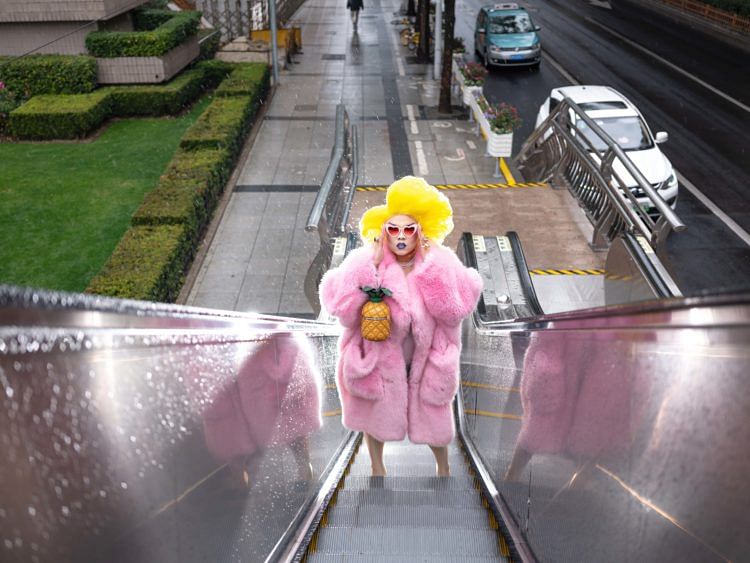
What a home must have to feel like one: “A futon and hot water, I’m easy.”
The difference between Shanghai and Singapore: “I would not at all be able to do what I do here back in Singapore. For one, I would not be able to do a winter campaign. The resources in Singapore are also just too limited. My hands would feel tied.”
What’s home to him: “Home is where I feel safe and loved. The location doesn’t matter.”
An edited version of this article first appeared in the August 2020 Home Sweet Home Edition of FEMALE.
